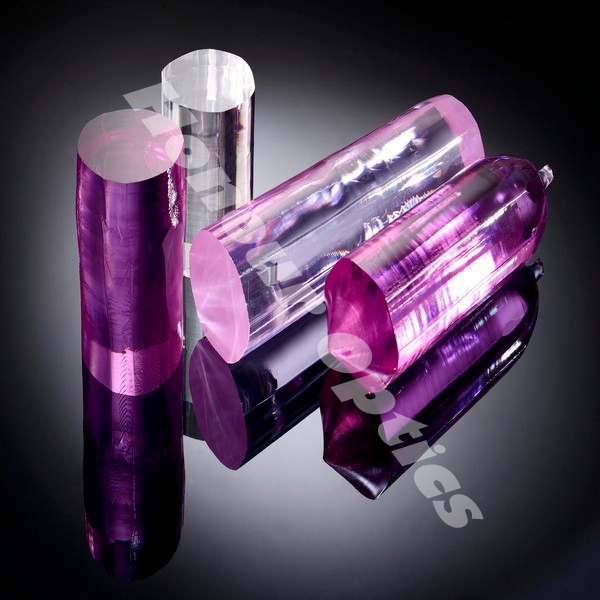
The luminescence produced by luminescent substances excited by electron beams is called cathode ray luminescence. Usually, when the electron beam is excited, the energy of the electron is very large, which is more than thousands of electron volts, or even tens of thousands of electron volts. Compared with photoluminescence, this energy is huge.

Therefore, the excitation process of cathodoluminescence is different from photoluminescence, which is a very complex process. In the process of photoluminescence, after an excited photon is absorbed by a luminous substance, usually only one photon of luminous radiation can be produced at most. However, from the energy point of view alone, the energy of a high-speed electron is thousands of times or more than that of photons, which is enough to produce thousands of light-emitting photons. In fact, when high-speed electrons are incident on the luminescent material, they will ionize the electrons in the atom and make them obtain great kinetic energy to become high-speed secondary (emission) electrons. These high-speed secondary electrons can produce secondary electrons. Finally, these secondary electrons will stimulate luminous substances to emit light.